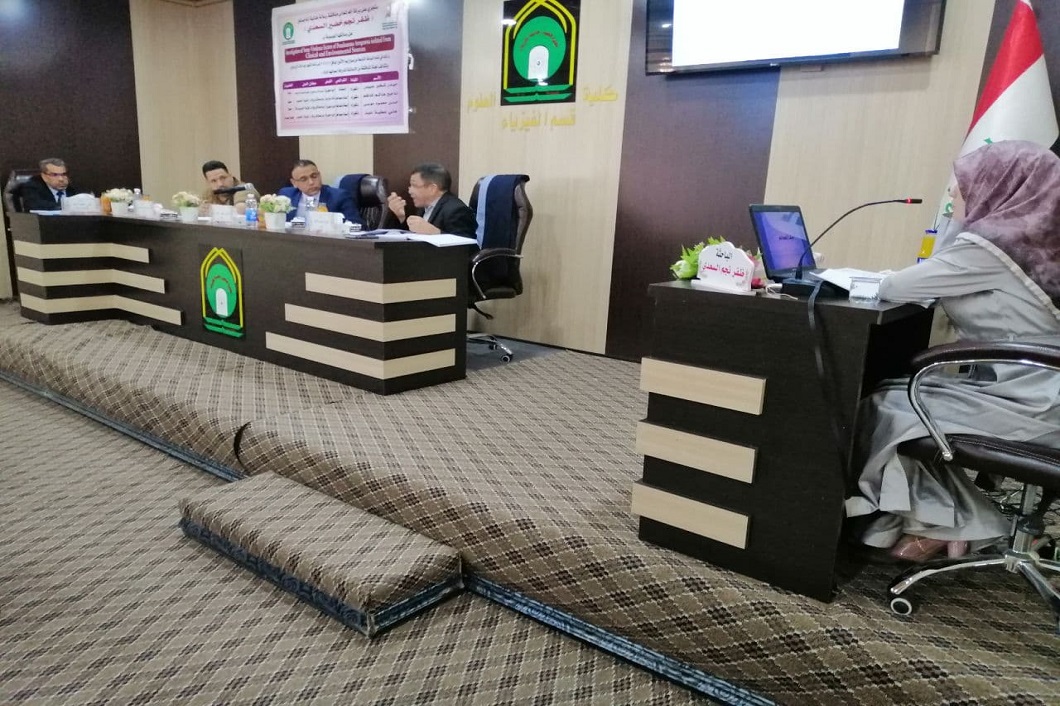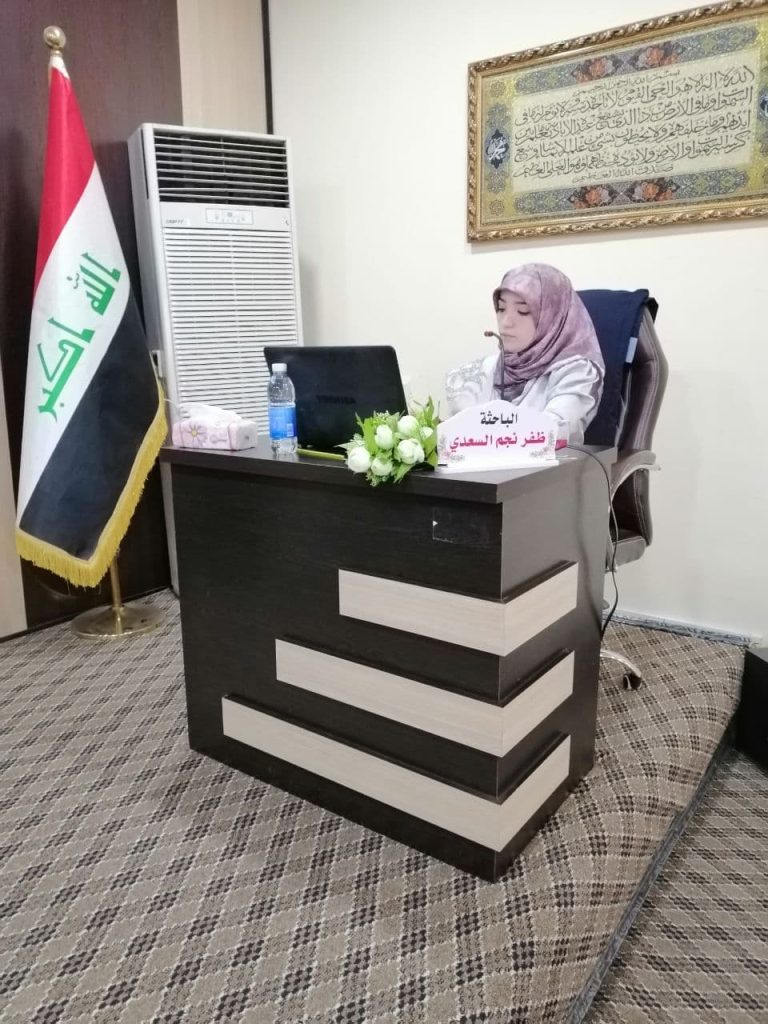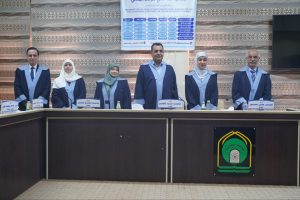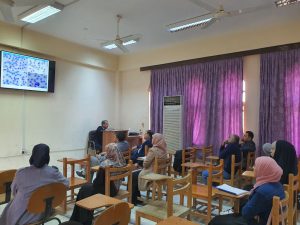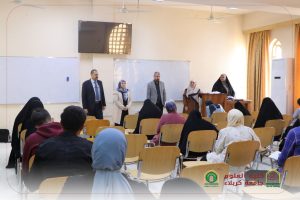The College of Science has discussed the master’s thesis entitled (Investigation of some virulence factors in the bectria of the Pseudomonas aeruginosa isolated from clinical and environmental sources) by student Zafer Najem Khudair, and under the supervision of Assistant Professor Dr. Ali Attia Al-Hasnawi.
The aim of the study was to collect ninety samples from clinical sources (burn patients) and environmental sources, including soil and water Pseudomonas aeruginosa was diagnosed by biochemical tests and phytic technique, and the two genes were investigated by polymerase chain reaction technique. Lec A and A Las.
One of the most prominent conclusions is the emergence of bacterial isolates that are resistant to antibiotics, the anti-colistin has been shown to be very effective against Pseudomonas aeruginosa bacteria
In addition to the polymerase chain reaction, the presence of genes encoding virulence factors that may be responsible for pathogenicity and resistance to antibiotics, and that some plants showed anti-bacterial activity such as peat.
The research has recommended to take care of burn patients hospitalized by taking care of the process of cleaning and sterilizing these places properly. And conducting routine sensitivity testing tests with a serial polymerase examination of patients to determine the types of bacteria and thus challenge the effective antibiotic against those bacteria. And to discover new generations of antibiotics that are more effective and less resistant than microbes. Furthermore, the examination of the effective groups in the peat plant, which are responsible for killing and inhibiting bacteria, to be used in the treatment.
